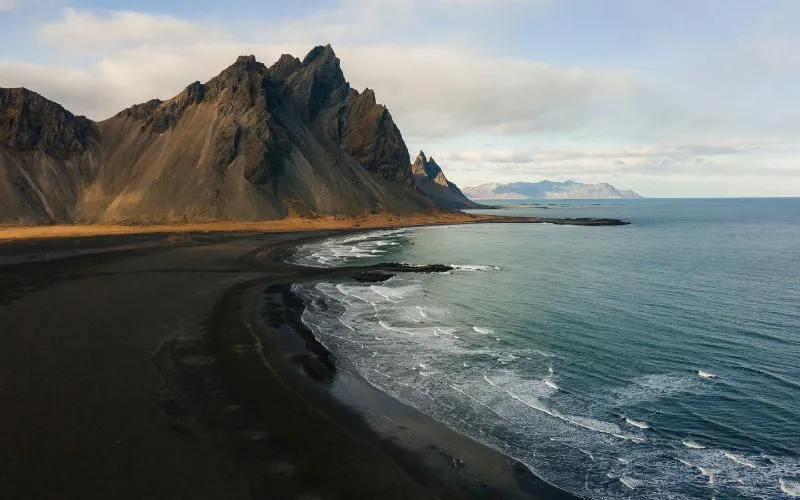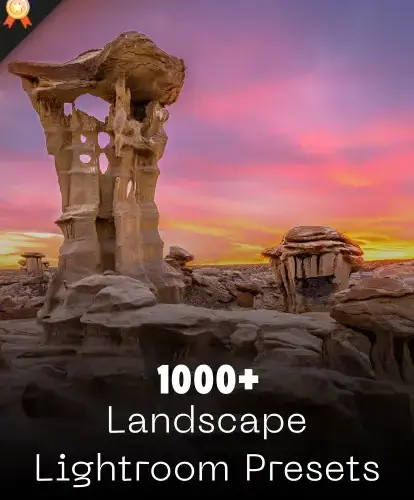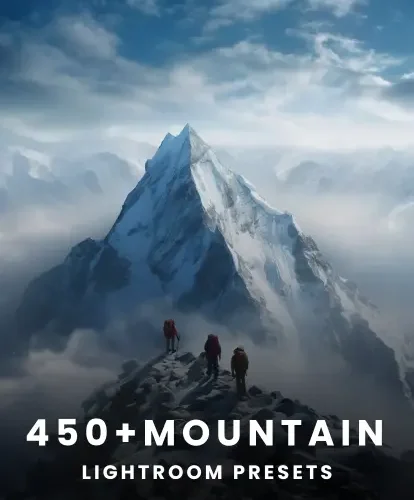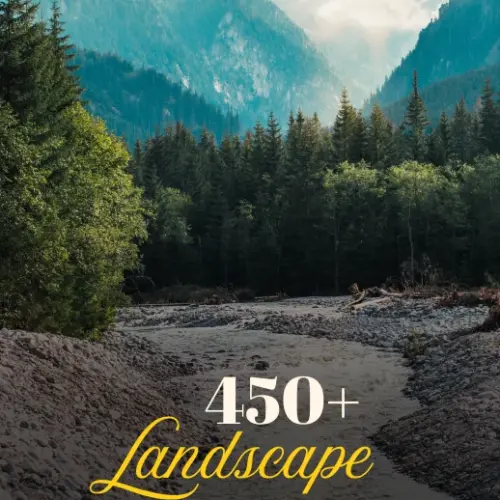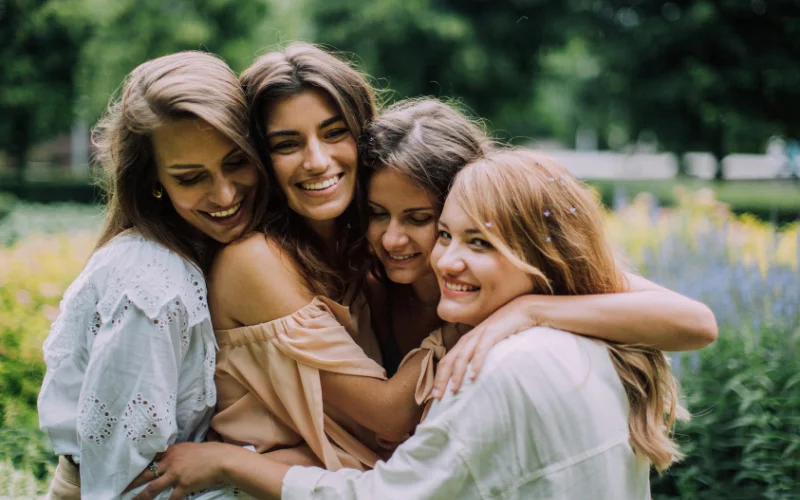Landscape photography looks easy until you’re actually out there. The scene is gorgeous, the light is perfect… but somehow, the photo just doesn’t do it justice. Sound familiar?
That’s where the pros come in. We’ve rounded up the top landscape photo tips from world-renowned photographers who’ve made a career out of chasing sunsets, climbing mountains, and capturing Earth at its finest.
These expert-approved tips will help you take your landscapes from meh to majestic.
Tip #1 By Sarah Marino
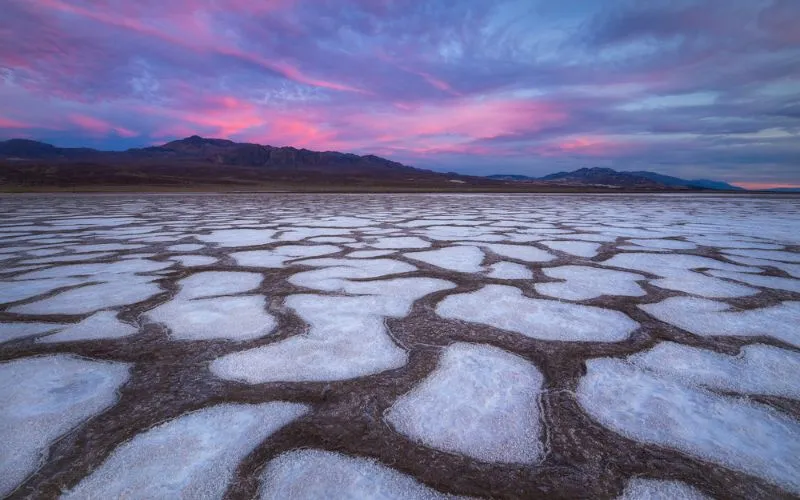
“With my nature photography, I generally spend more time photographing smaller scenes, like intimate landscapes, abstracts, and portraits of plants, but still love to photograph grand landscapes when everything comes together.
With my smaller scenes, I usually try to choose a composition that elevates only one or two ideas so that my visual message is clear to the viewer. I find this same practice to be very helpful with grand landscapes.
When we as photographers are looking at an expansive scene in front of us, it is easy to want to include as much of it as possible but this approach can sometimes dilute our message and overwhelm the viewer with too much information.
In these cases, I bring my experience in photographing smaller scenes as I work on crafting a composition by distilling the scene in front of me into a few core ideas. I often find that what I decide to exclude from my composition is as important as what I decide to include, and I try to include only the essentials for a simplified, cohesive, and elegant result. “
Check out more of Sarah’s work here: Sarah Marino | Instagram
Tip #2 By Michael Breitung
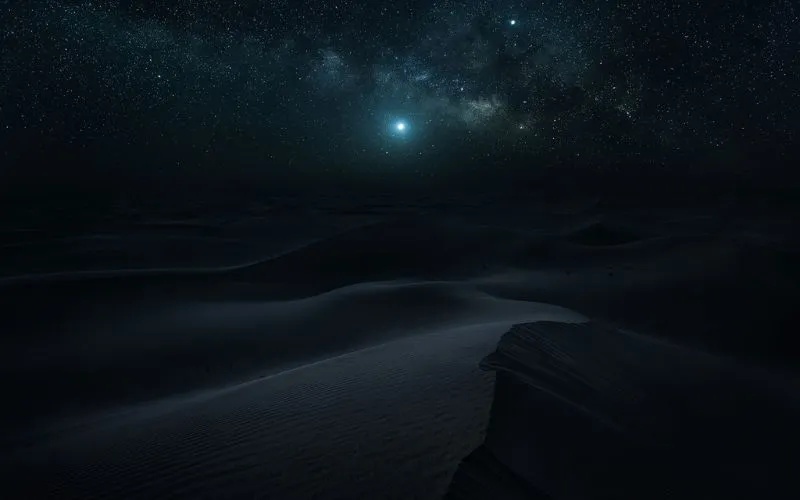
When capturing night photos, the capabilities of your camera limit the quality of those images. For the stars, you require a high ISO; for the foreground, extremely long exposures are necessary. And even then, you often won’t get the detail you need for large prints.
One solution for this problem is time blending and image averaging. It requires dedication to your photo, as you’ll need to keep your camera in place for several hours. Ideally, you remain with the camera or stay close.
First, you capture a sequence of between 10 and 40 images at night, focused on the stars. Free software like Sequator can merge those into noise-free images.
Then you keep the camera in place until blue hour and capture the foreground photos. With some blending in software like Photoshop, you can then create high-quality night photos.
Check out more of Michael’s work here: Michael Breitung | Instagram
Tip #3 By Lloyd Lane
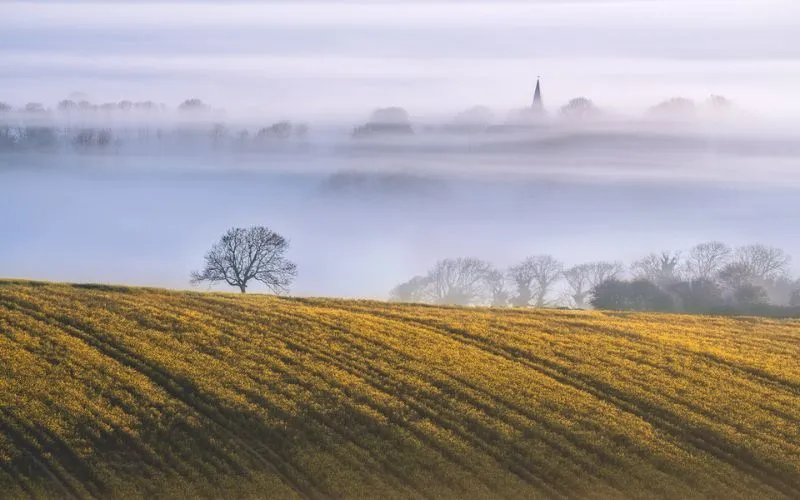
“It’s tempting in landscape photography to always reach for a wide-angle lens to capture the full sweeping view. But some of my favourite images have come from doing the opposite – using a long focal length to simplify the scene and compress distance.
This photo of a rapeseed field on the South Downs in southern England was shot at 228mm early one morning, isolating a lone tree and distant church spire softened by mist.
As a Sussex landscape photographer, I find a telephoto lens is perfect for picking out small stories in the countryside that might otherwise be lost with a wide focal length, bringing attention to details that often go unnoticed.”
Check out more of Lloyd’s work here: Lloyd Lane | Instagram
Tip #4 By Philip Slotte
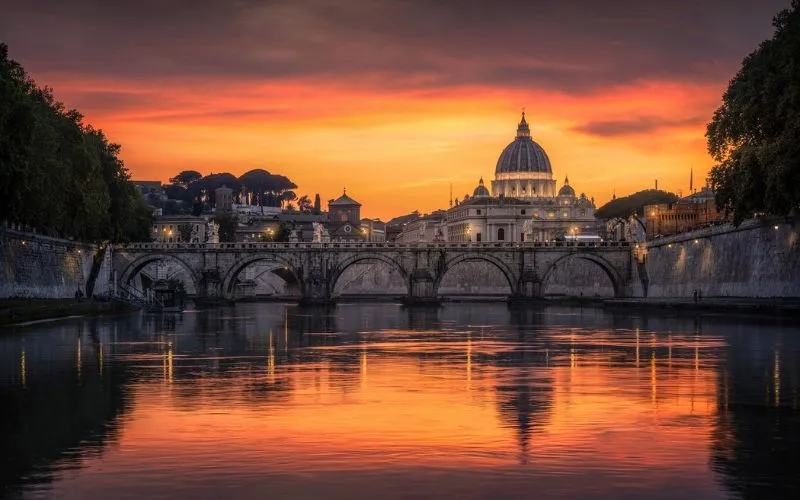
“One of the most valuable lessons I’ve learned in landscape photography is how to adapt to the conditions you’re given. We can plan all we want, but the one thing we can’t control is the weather.
Learning how to work with different conditions dramatically increases your chances of coming home with a great image. For example, if the sky is dull or completely clear, emphasize the foreground in your composition.
If you’re shooting in harsh midday light, seek out shaded areas to avoid extreme contrast. There’s always something you can do to make the most of the conditions you have.”
Check out more of Philip’s work here: Philip Slotte | Instagram
Tip #5 By Vincent Favre
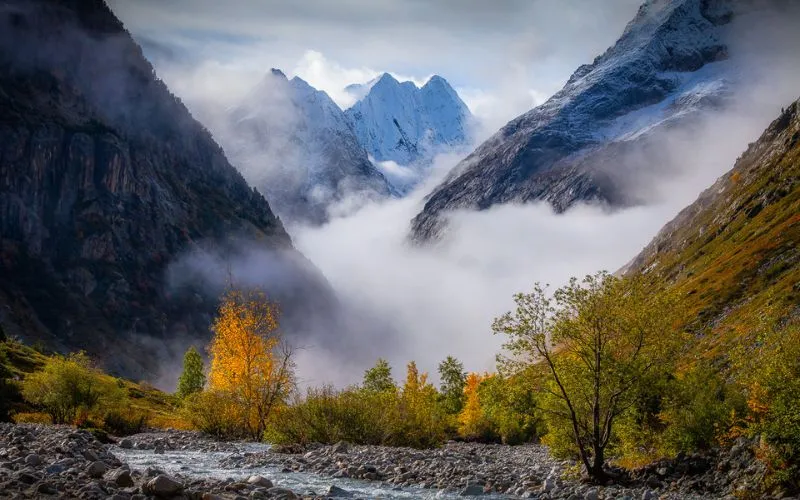
“Since I was little, I’ve always been fascinated by the highest mountains, like the Himalayan peaks.
These are distant lands I haven’t visited. I remain committed to limiting my carbon footprint, and for that reason, I travel little (I try to avoid flying).
In the Alps near my home, I found conditions that transported me beyond borders. Autumn colors, the ripped mist, a mountain plastered with snow, the echo of the stream, the solitude of the great outdoors—I find myself immersed in my childhood dreams.
Change your perspective, let your heart speak. Nature is always surprising, even just a stone’s throw from your home.
Check out more of Vincent’s work here: Vincent Favre | Instagram
